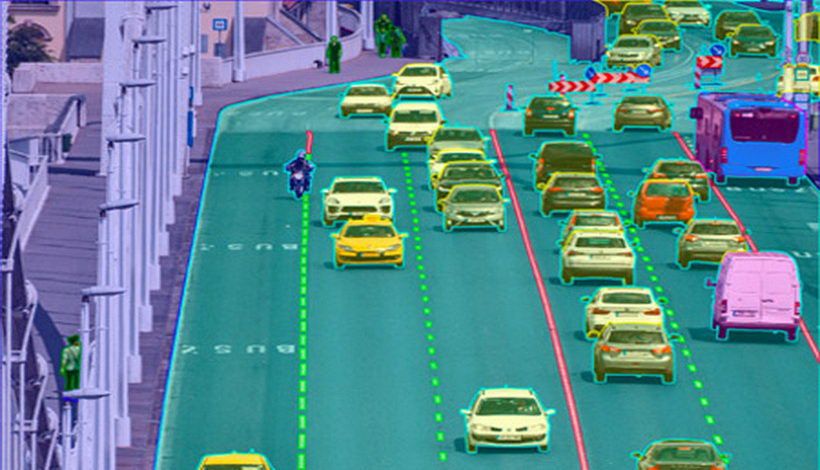
Using Video Annotation for Autonomous Vehicle Technology
The use of
video-based tools is becoming more prevalent as the focus on vehicles in
transportation and monitoring becomes more defined. As a form of autonomous
technology, the ability to video monitor the activities of employees and
vehicles in transport and inspection environments offers greater practical value
than do the more traditional infrared-based technologies such as radar
detection. With the development of new technologies to automatically video
stream events as they occur, the capabilities of video-based tools are growing
quickly. At https://www.imerit.net/video-annotation//,
you will get a video annotation service for developing AI and ML models for
autonomous vehicles.
A common application for video-based systems is the
"eyes" test of detecting vehicle defects. When video sensors detect a potential
problem with an element of a vehicle, such as airbags or brakes, a video
feedback system relays this information to a remote diagnostics center.
Automotive technical personnel is trained to recognize anomalies on video in a
short period of time and then make the appropriate adjustments in manufacturing
processes or equipment. By applying the most up-to-date knowledge about vehicle
flaws, auto companies can make the right decisions and avoid costly mistakes.

Video Annotation for Automatic Vehicle Monitoring (VAM) is one of the most
complex aspects of modern fleet management. In the past, VAM could take hours or
days to identify the origin of an issue and then required manual analysis from
technicians. Today, automated detection of potential vehicle problems using
sophisticated software, coupled with real-time video data from cameras
throughout a fleet, has made VAM an essential part of ensuring fleet safety.
Because VAM is tied to database management, it is able to quickly identify
potential anomalies that may be indicative of more dangerous conditions.
Vehicle-related technologies developed to overcome the shortcomings of VAM
can be applied to other applications. For example, lidar systems that can
digitally capture images from a vehicle's exterior-intrusion detection camera
have revolutionized inspections at airports. These inspections can provide
inspectors with critical insight into the interior of a plane. By allowing
inspectors to view areas of concern visually as well as through video images,
radar can also help prevent delays in screening. Similarly, advancements in
LiDAR technology are enabling police departments to rapidly scan license plates
and quickly determine whether vehicles are driven by illegal drivers. The
implementation of video-based systems on trucks and buses has led to significant
reductions in insurance premiums for companies that operate fleets. Insurance
providers offering these services can take in the full benefit of new
technological applications.
Contact us on:
Twitter: https://twitter.com/iMeritDigital
Linkedin: https://www.linkedin.com/company/imerit
YouTube: https://www.youtube.com/channel/UCB4nBTeUkRQB9Nnck-N8gZQ
Website: https://imerit.net/video-annotation/